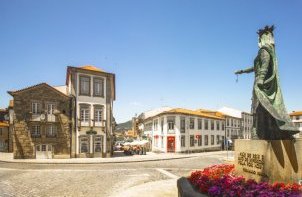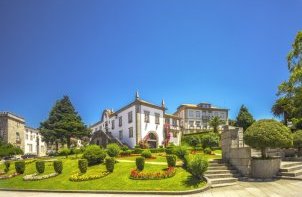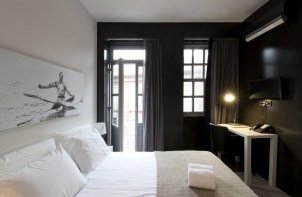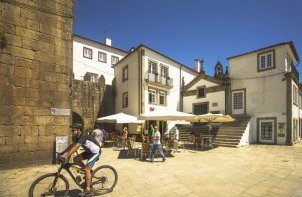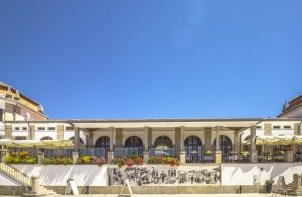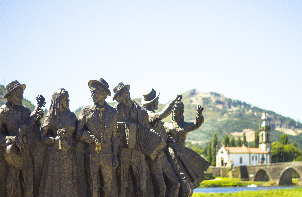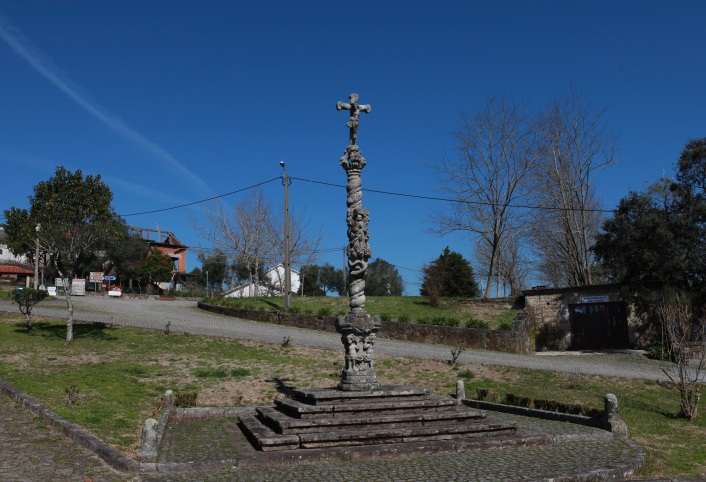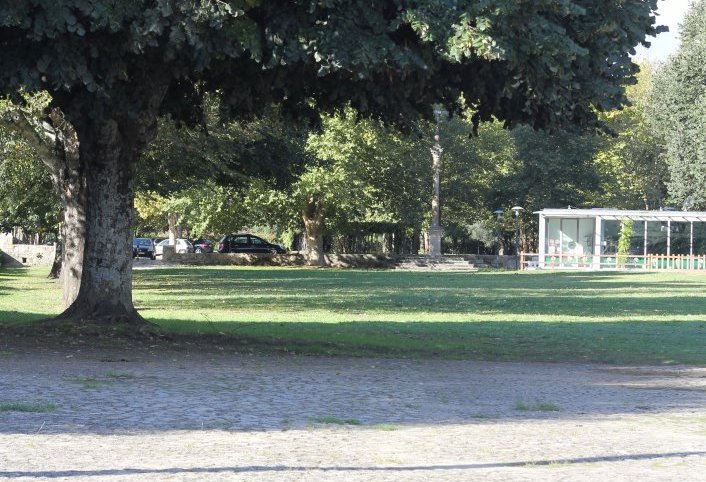Calvary of S. Pedro de Arcos - 41º 45' 45,3'' N | 8º 39' 19,1'' W
Calvary of Santo António da Torre Velha - 41º 46' 15,9'' N | 8º 35' 15,1'' W
Calvary of Nossa Senhora da Luz - 41º 46' 10,7'' N | 8º 35' 57,0'' W
Calvaries of Ponte de Lima
Calvaries of S. Pedro de Arcos, Santo António da Torre Velha (Arnado – Arcozelo) and of Nossa Senhora da Luz (Arcozelo)
Ponte de Lima
41º 46’ 7,7” N | 8º 35’ 3,4” W
Ponte de Lima
Description
Calvaries are one of the heritage symbols of the municipality of Ponte de Lima. One can find notable examples of these in all its parishes, for which reason we decided to mention only the three that are best known. Do not let this stop you from discovering and observing all the others on your own, as most of them have been studied and presented on the work "Fé e Religiosidade Popular em Ponte de Lima: Cruzeiros, Vias-Sacras, Nichos e Alminhas" ("Faith and popular religiousness in Ponte de Lima: Calvaries, Via Sacrae, Niches and Wayside Shrines") from where we quote the following paragraph:
It is a fact that some of the oldest Portuguese calvaries still keep their shafts, sometimes torsi, and some other times octaved, finishing with capitals decorated in Manueline style. Of these, judging by the graphic representations that survived to our day, we know that the calvary in the middle of the gothic bridge of Ponte de Lima was Manueline. Certainly there would be others that were related with convent churches, but as we do not have any evidence of such, we focused on those that do exist, the oldest ones being the following: Almoinha - Vitorino das Donas (1591); Church of Fornelos (1583); Church of Correlhã (1602); Senhor da Saúde - Sá (1613); calvary of Cárcua - Bertiandos (1613); church of Poiares (1626); calvary of Pedrosa - Correlhã (1636). From the 16th century there is also the calvary of the chapel of São Gonçalo, in Arcozelo.
Contacts
